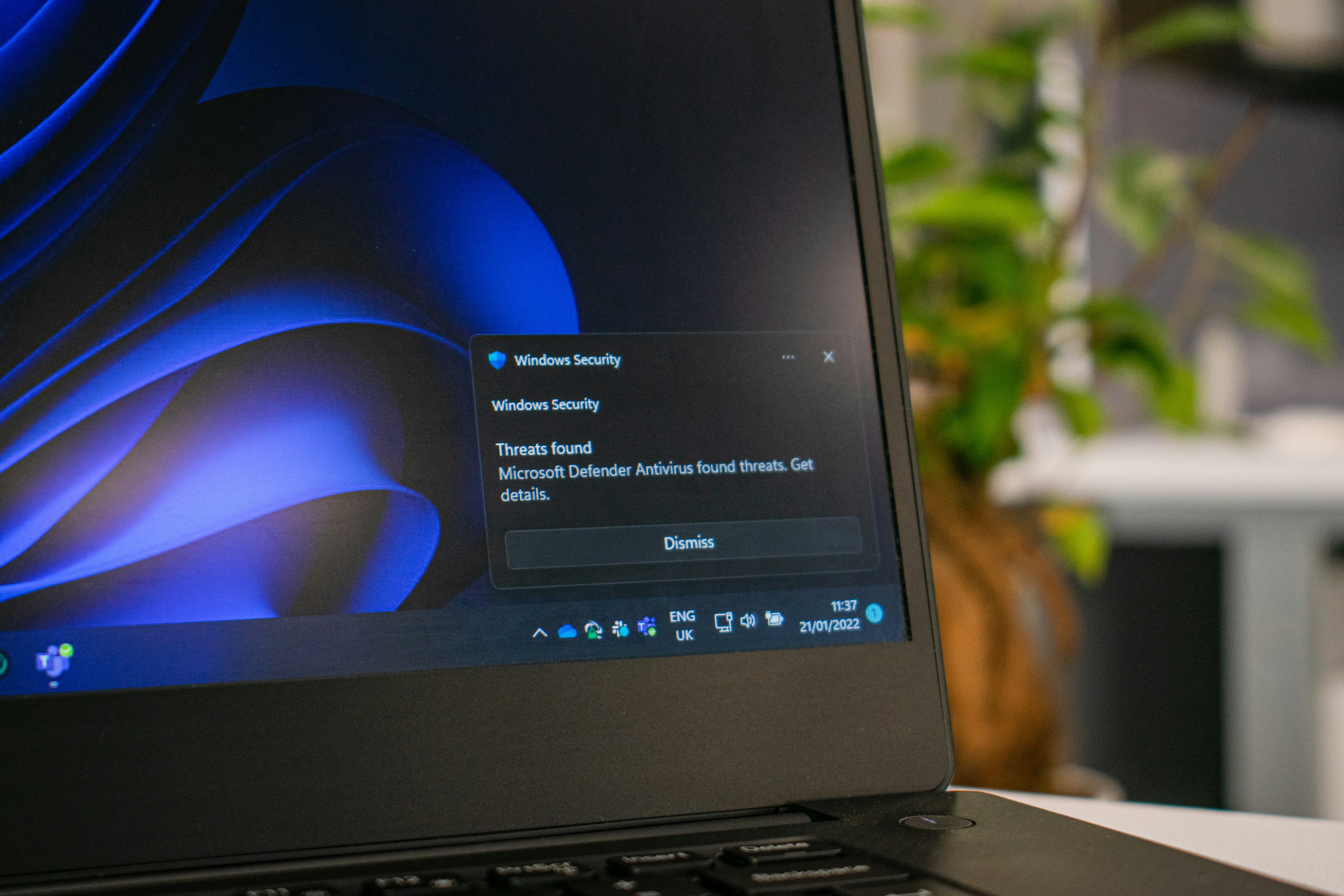The United Kingdom's fibre-optic internet is rapidly improving, with faster speeds becoming more common. Recent data shows that nearly two-thirds of households in the UK now have access to gigabit-capable broadband, which means they can receive internet speeds of at least 1,000 megabits per second. This is a significant increase from just a few years ago when such speeds were not widely available.
The increase in gigabit-capable broadband is largely due to the government's efforts to expand the country's fibre-optic infrastructure ahead of the ISDN and PTSN switch-off in 2025. The government has made significant investments in recent years to improve broadband connectivity, with plans to invest even more in the coming years. This investment has led to the rapid expansion of gigabit-capable networks, which are now available in many cities and towns across the UK.
The growth of fibre broadband has significant implications for businesses and consumers alike. Faster internet speeds allow for more efficient and reliable online services, such as video conferencing, cloud computing, and online gaming. They also enable businesses to take advantage of new technologies, such as the Internet of Things (IoT), artificial intelligence (AI), and virtual reality (VR).
However, the growth of fibre is not without its challenges. One of the main challenges is ensuring that the expansion of the fibre-optic infrastructure is done in a sustainable and cost-effective manner. This requires careful planning and coordination between government, telecoms companies, and other stakeholders.
Despite these challenges, the growth of fibre is a positive development for the UK's digital economy. It is enabling businesses and consumers to take advantage of new technologies, while also improving the country's competitiveness in the global digital market.
If you have any questions about this blog then please don’t hesitate to email us at hello@onecompartners.co.uk.
.png)

